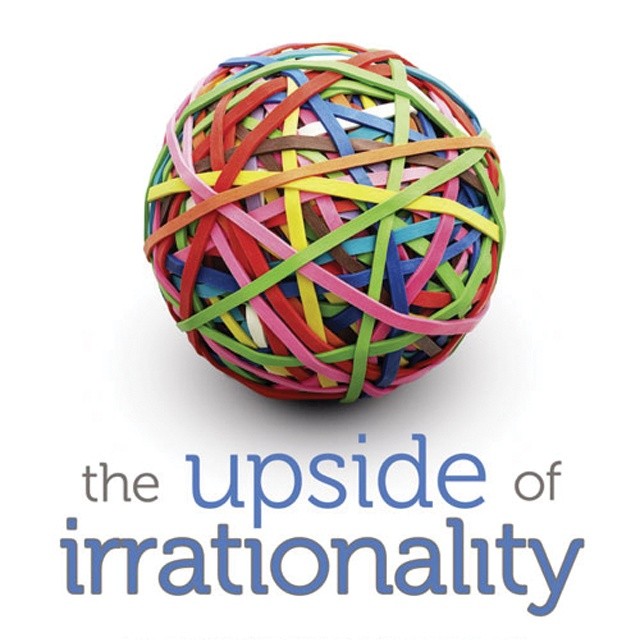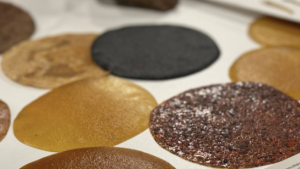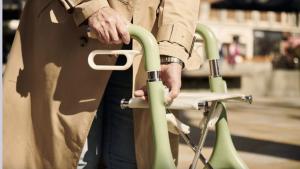From the Series

Dan Ariely does behavioural economics research at Duke University in the USA and tries to explain it in plain language. His primary interest is the unwittingly irrational behaviour that humans display. Having sought to come to the root of it and to turn irrationality into a positive through two books, most recently The Upside of Irrationality, Ariely thinks that we can all design our eating if we understand our environment.
One of the biggest lessons from social sciences over the past 50 years has been that our actions are not so much due to our internal preferences and thoughtful decisions, but in fact due to the environment in which we are placed. This has both negative and positive effects.
So, for example, if we are placed in an environment that tempts us – think about a restaurant and the waiter coming with the dessert tray and the chocolate soufflé smell just entering our nostrils and getting us to crave it… Under those conditions, we are likely to be tempted. Or if we go to a supermarket and the smell of freshly baked goods is pumped into the supermarket, and a few tasty, sweet, salty, fattening pieces of food are on display, what are the odds that we will be able to overcome our temptation and eat something healthy? Not that much.
Those are the downsides of not being in full control of our decisions and being influenced by the environment. But there’s also some things that we do have some control over, like the environment in our homes. Firstly, it turns out that the food that we buy is the food that we are going to consume. So if we end up buying things that are more healthy, we can actually consume things that are more healthy.
Secondly, more interestingly, we can also think about the nuances of design and think, for example, about something like the refrigerator. I think the current design of the refrigerator is not very compatible with human beings. Most refrigerators have two opaque drawers at the bottom to store fruit and vegetables. We do not see them because they are opaque and at the bottom, not front and centre when we open the refrigerator. As a consequence, when we open the refrigerator and think about what we are going to eat, these are not the things that jump to mind.
What if we understood that and reversed it? What if we took fattening unhealthy things and put them in the bottom two drawers? What if we took the healthier stuff, the fruit and vegetables, and put it front and centre? I think this would cause less of us to have rotting fruit and vegetables, but it will also make the fruit and vegetables spring to mind more easily when you open the refrigerator, making it more likely that you will eat them.
On top of that, if we understood our laziness and understood that sometimes a one-minute delay can be the difference between eating something healthy and something not healthy, maybe we would prewash, pre-peal or prepare the fruit and vegetables so that it doesn’t even take an extra minute to get them ready.
Under those conditions, the environment might actually help us behave better. At the end of the day, we all have some control; we can design the environment in which we make decisions to some degree. If we understand how important this environment is, we might be able to make better decisions.








